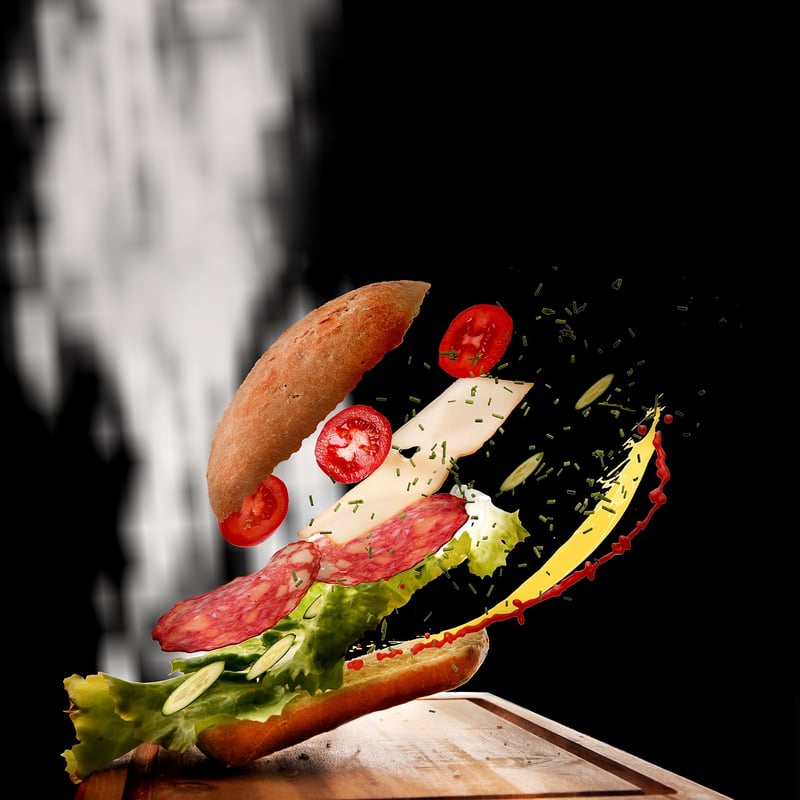Plating Techniques
Expert Advice on Plating Techniques
The Art of Plating
Plating is not just about putting food on a plate; it is an art form that can elevate a dish from good to extraordinary. Whether you are a professional chef or a home cook looking to impress, mastering the art of plating can make your culinary creations shine.
Key Tips for Plating Success
Here are some expert tips to help you take your plating skills to the next level:
- Balance is key: Create a visually appealing plate by balancing colors, textures, and heights.
- Use the right tools: Invest in quality plating tools such as tweezers, squeeze bottles, and offset spatulas for precision.
- Plate in odd numbers: Odd numbers are more visually appealing than even numbers, so plate your components in threes or fives.
- Consider negative space: Leave some empty space on the plate to allow the dish to breathe and create visual interest.
- Garnish with care: Garnishes should enhance the dish, not overpower it. Use fresh herbs, edible flowers, or microgreens for a pop of color.
Techniques to Try
There are several plating techniques that you can experiment with to create stunning presentations:
- Stacking: Build height by stacking components vertically for a dramatic effect.
- Swirling: Use a spoon to create elegant swirls of sauce on the plate.
- Layering: Create layers of different textures and flavors for a visually appealing dish.
- Minimalism: Embrace minimalism by focusing on a few key elements presented with precision.
Practice Makes Perfect
Like any art form, plating requires practice and experimentation. Don't be afraid to try new techniques and get creative with your presentations. Remember, the goal is not just to feed the stomach but to delight the senses.

With these expert tips and techniques, you can elevate your plating game and impress your guests with visually stunning dishes that taste as good as they look.
Happy plating!
